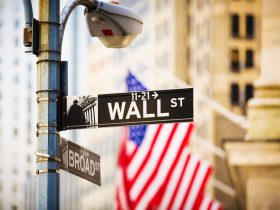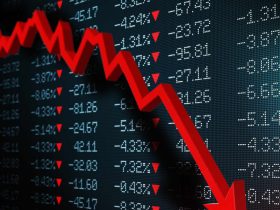More Treasury yields headed toward or further above the 5% mark as a selloff in government debt resumed on Wednesday, pushing 10- and 30-year rates to fresh multiyear highs.
What happened
-
The yield on the 2-year Treasury
BX:TMUBMUSD02Y
jumped 6.9 basis points to 5.142% after factoring in new-issue levels. -
The yield on the 10-year Treasury
BX:TMUBMUSD10Y
rose 6.7 basis points to 4.625% from 4.558% Tuesday afternoon. The 10-year rate ended at its highest level since Oct. 16, 2007, based on 3 p.m. Eastern time figures from Dow Jones Market Data. -
The yield on the 30-year Treasury
BX:TMUBMUSD30Y
rose 3.6 basis points to 4.731% from 4.695% late Tuesday. The 30-year rate finished at its highest closing level since Feb. 10, 2011. - Rates on the 20-year bond and 3-year note each jumped to 4.9%, according to FactSet data.
What drove markets
Yields are rising to more historically normal-looking levels as the result of hawkish comments from Federal Reserve officials, recent data showing a relatively sturdy U.S. economy, and concerns about increased debt issuance.
But the speed of these moves is also giving way to concern about the possibility that more cracks in financial markets will emerge, similar to the crisis at regional banks seen earlier this year.
Read: Global insurers overseeing $29 trillion in assets expect more cracks at banks
The next likely big test for Treasurys will be the personal consumption expenditure index data for August, the Fed’s favored inflation gauge, released on Friday.
Until then, traders are pricing in a 77.6% probability that the Fed will leave interest rates unchanged at a range of 5.25%-5.5% on Nov. 1, according to the CME FedWatch Tool. The chance of a 25- or 50-basis-point rate hike to a range of either 5.5%-5.75% or 5.75%-6% by December is seen at 42.2%.
In U.S. economic updates on Wednesday, durable-goods orders rose a stronger-than-expected 0.2% in August, an increase which stemmed from higher military spending. Economists polled by The Wall Street Journal had forecast a 0.5% decline.
What analysts are saying
“The recent bear steepening in rates is likely being driven by a number of factors including markets repricing for ‘higher for longer’ Fed funds, worries about the impact of increased Treasury supply, fears of persistently high oil prices, and technical weakness,” said TD Securities strategists Gennadiy Goldberg and Molly McGown.
“A persistent selloff in rates also increases the risk of ‘breaks’ similar to the UK LDI episode or the SVB collapse,” they wrote in a note, referring to California’s Silicon Valley Bank and the U.K.’s liability-driven investment crisis.
Read the full article here











Leave a Reply